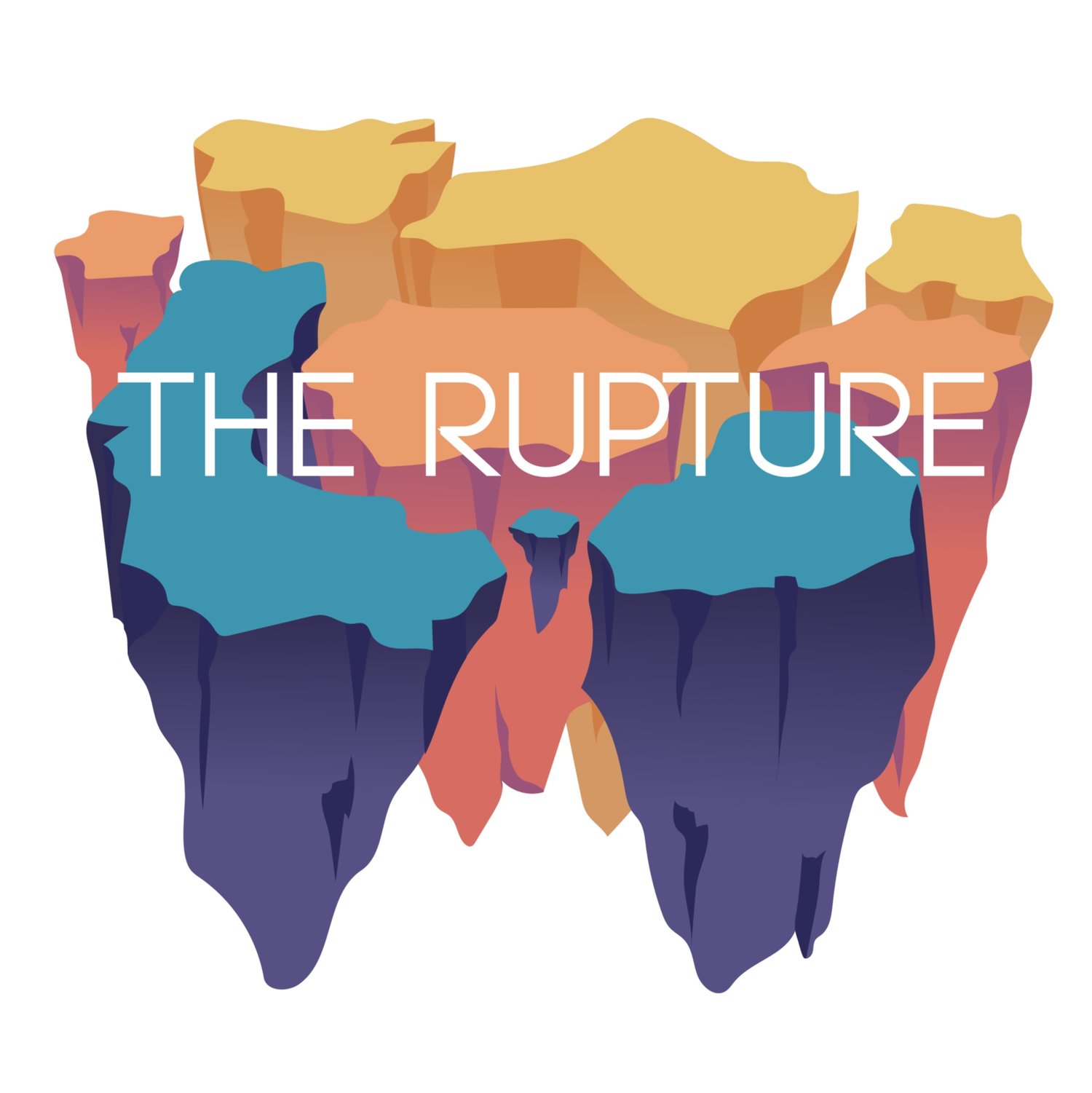
His story, "The 'People in Tubes' Motif," appeared in Issue Sixty-Eight of The Collagist.
Here he speaks with interviewer Dana Diehl about fiction that embraces non-fiction, Leonard Maltin, and film music.
Please tell us how this story began for you.
Perhaps 5 years ago or so I was perusing my notebooks and realized I wrote a lot about movies, TV, online culture and visual art that never became “stories.” It seemed that movies had become a repository for all kinds of free-association, childhood and dream memory and language-experiment writing. In other words, too wigged out to ever become meaningful to anyone else or make sense as narrative. At some point I decided I just had to let this stuff in and allow it to inform who my characters were and what they were doing with language and what it was doing to them. “People” is now part of a novel length work and has gained a lot of clarity and direction rather fast. But the initial elements were a long time percolating.
Your narrative is punctuated by quotations by Don DeLillo, Henry Ford, and others. Can you speak to this choice? How do you think the inclusion of outside voices affects the way we consume a story?
In my story quotations cover the walls of an elective freshman class of students mostly hostile to ideas or academics. The quotes cast an ironic, mordant or even gruesome light on “history,” and assault notions of Western triumphalism or moral “progress” typical of History 101. I felt like this could generate a lot of interesting anxiety and conflict in the class, and provide an efficient way to render the teacher’s world view, (and a peek into the anguish and darkness he carries inside). The quotes and the density of the teacher’s lectures and syllabi all speak to a teacher driven by a powerful sense of mission and aesthetic and academic seriousness, way beyond the modest requirements of his job. You might compare it to the fascinating pathos of a once famous actor, late in life, appearing in grade-Z horror or exploitation films, (and giving the role their all-out best).
You create a collage effect in this story by combining more traditional narrative with film descriptions, pieces of syllabi, notes, etc. What about this form appealed to you?
I’m very interested in reading and writing fiction that contains and embraces non-fiction: stories that happen around, within or interpenetrated with essay-like prose, instruction manuals, how-to guides or popularized writings on physics, or mathematics, (the latter of which I am completely ignorant of and phobic about). Often when I can’t read or write the only solace I can find is reading passages from those fat little movie books by Leonard Maltin.
Do you have a favorite film motif?
Maybe it would be an aspect of film music: the passages of soft ostinato—a repeated form (think Phillip Glass or Bernard Herrmann or the many influenced by them) that says to the audience something is going on here and I have to think this out and feel this out and what it means is scary or dangerous or way bigger or more profound than I could have believed before OMG.
Were there any writers or artists who influenced you while writing this piece?
Yes, too many to name but a few: Geoffrey O’Brien’s The Phantom Empire, Patrik Ourednik’s Europeana, William Vollmann’s Europe Central (all for their sweeping and encyclopedic yet heart-breakingly intimate vision of the 20th Century); and Maggie Nelson, Anne Carson, Sianne Ngai, Raymond Durgnat and James Hynes, for their peculiar, hilarious and passionate, often LGBT-informed literary and film writings, (what you might call the languages of “lyrical theory.”) Other "lyrical theory" writers: the poetry and prose of Ben Lerner, Rosmarie Waldrop, C.D. Wright and Ben Davis; artist/filmmakers Guy Madden and Paul McCarthy.
What projects are you working on now?
The People in Tubes Motif (the novel); a novella about a Japanese propaganda puppet theater in World War II (Zero Theater) and a graphic novel called The School for Wayward Girls.
